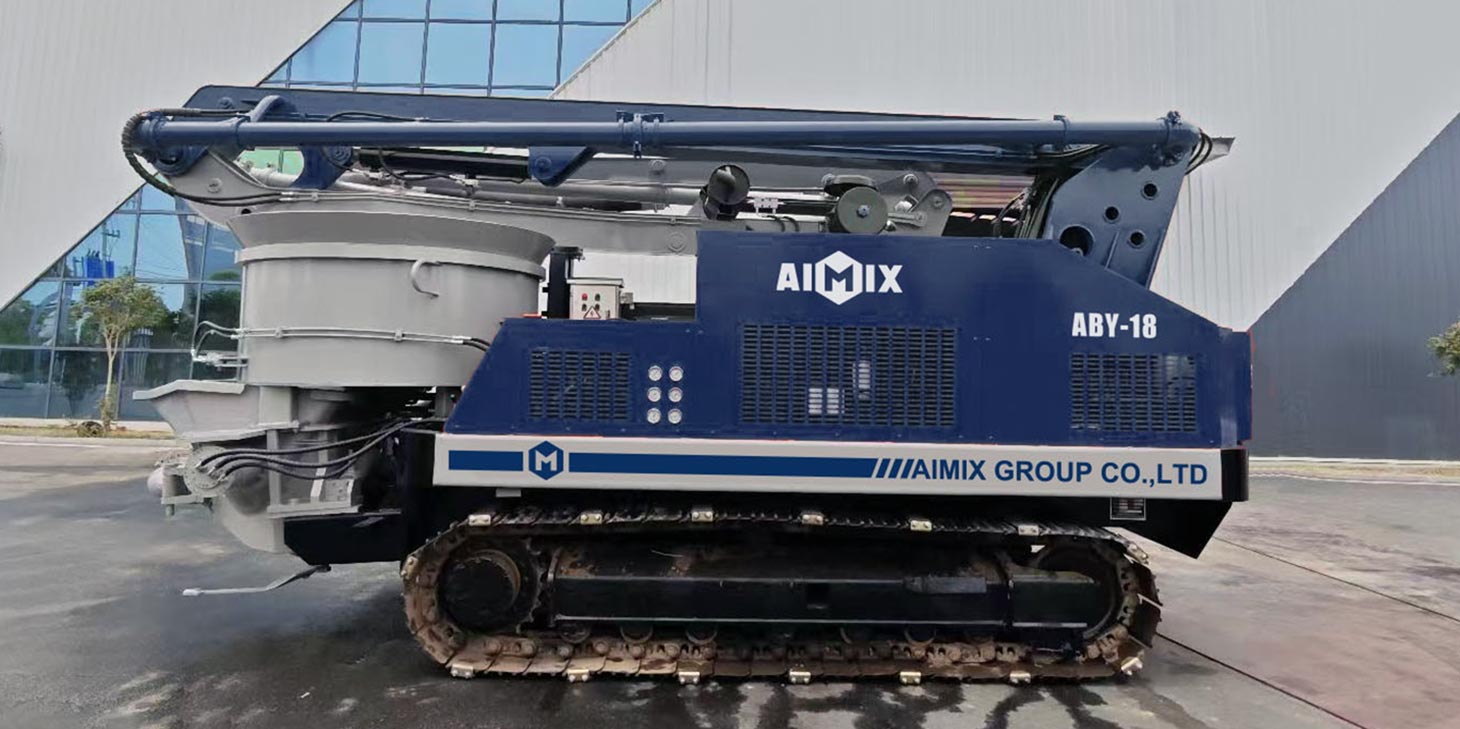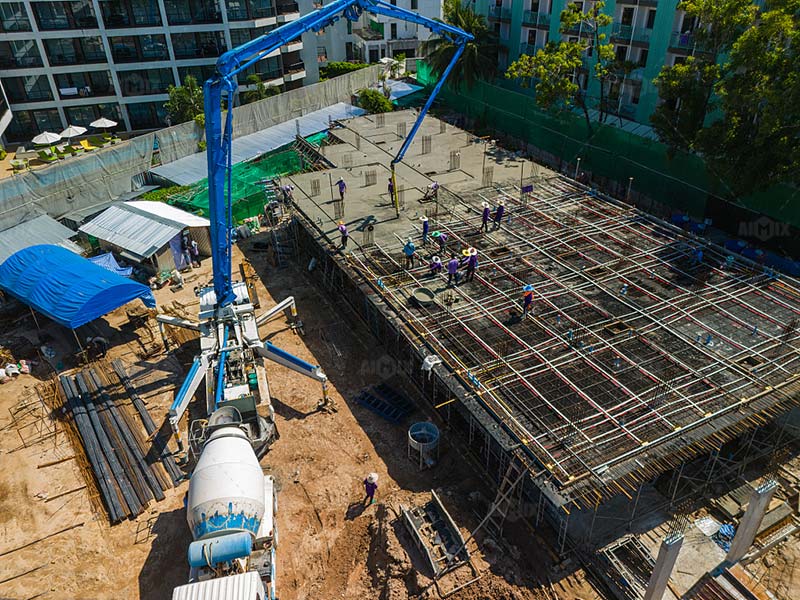This is a paragraph! Here's how you make a link: Neocities.
Concrete pumping is a vital component in modern construction, facilitating efficient material placement over vast distances. However, the **costs associated with concrete pumping** are influenced by multiple variables, with **pumping distance and capacity** playing a pivotal role. Contractors and project managers must assess these factors carefully, as they can substantially affect operational expenses. An inadequate evaluation may lead to **unexpected budget overruns** and compromised project timelines.
Understanding how **distance and capacity influence cost of concrete pump** allows construction professionals to make informed decisions regarding pump selection, pipeline configurations, and operational strategies. This article explores the intricate relationship between these factors, providing insights into **cost-effective pumping solutions** and potential areas for efficiency optimization.
Extending the pumping distance necessitates additional **pipeline sections**, which **escalates material costs**. Each added meter of pipeline not only incurs a **higher upfront expense** but also demands **more intensive labor** for installation and maintenance. Moreover, longer pipelines introduce **greater frictional resistance**, requiring **higher-powered pumps** to sustain efficient concrete flow.

The longer the pumping distance, the more energy-intensive the operation becomes. Concrete pumps need to **overcome pressure losses** caused by **friction, bends, and elevation changes** within the pipeline. This translates into **higher fuel or electricity consumption**, directly impacting the **cost per cubic meter of concrete placed**.
Extended pumping distances **accelerate equipment wear**, particularly affecting **pistons, cylinders, and delivery pipes**. The increased workload leads to **frequent maintenance cycles** and **replacement of worn-out components**, amplifying overall operational costs.
Pumping capacity, measured in **cubic meters per hour (m³/h)**, determines the scale of the concrete pumping machine required. Higher-capacity pumps command **higher rental or purchase costs**, but they also improve **project efficiency** by reducing pumping duration. Choosing a pump with an **optimal balance** between **capacity and project needs** is essential to **avoid excessive expenditures**.
Higher-capacity pumps can place concrete at a **faster rate**, reducing the time needed to complete pouring tasks. This results in **lower labor costs**, as workers spend **fewer hours on site**. However, overestimating capacity requirements can lead to **unnecessary fuel consumption** and **idle machine time**, diminishing cost efficiency.

Pumps with **greater capacity exert higher pressure** on the concrete mix, necessitating **specific material formulations** to prevent blockages or segregation. Special mix adjustments may involve **additional additives or finer aggregates**, leading to increased **material costs per batch**.
To optimize costs, contractors should **match pump capacity** with the required distance, ensuring that neither parameter is **excessively high or inadequate**. Analyzing **site conditions, mix properties, and structural requirements** helps in selecting the most **cost-effective pump configuration**. Get more details about price here: https://aimixconcretesolution.com/concrete-mixer-with-pump/price/.
Minimizing **unnecessary bends and optimizing pipeline diameter** can **reduce pressure losses**, improving overall efficiency. Employing **high-quality pipes** with minimal frictional resistance further lowers **energy and maintenance costs**.
Implementing **proactive maintenance schedules** prevents unexpected downtime and extends the lifespan of pumping equipment. Regular inspections allow early detection of **wear-and-tear issues**, reducing **long-term replacement expenses**.